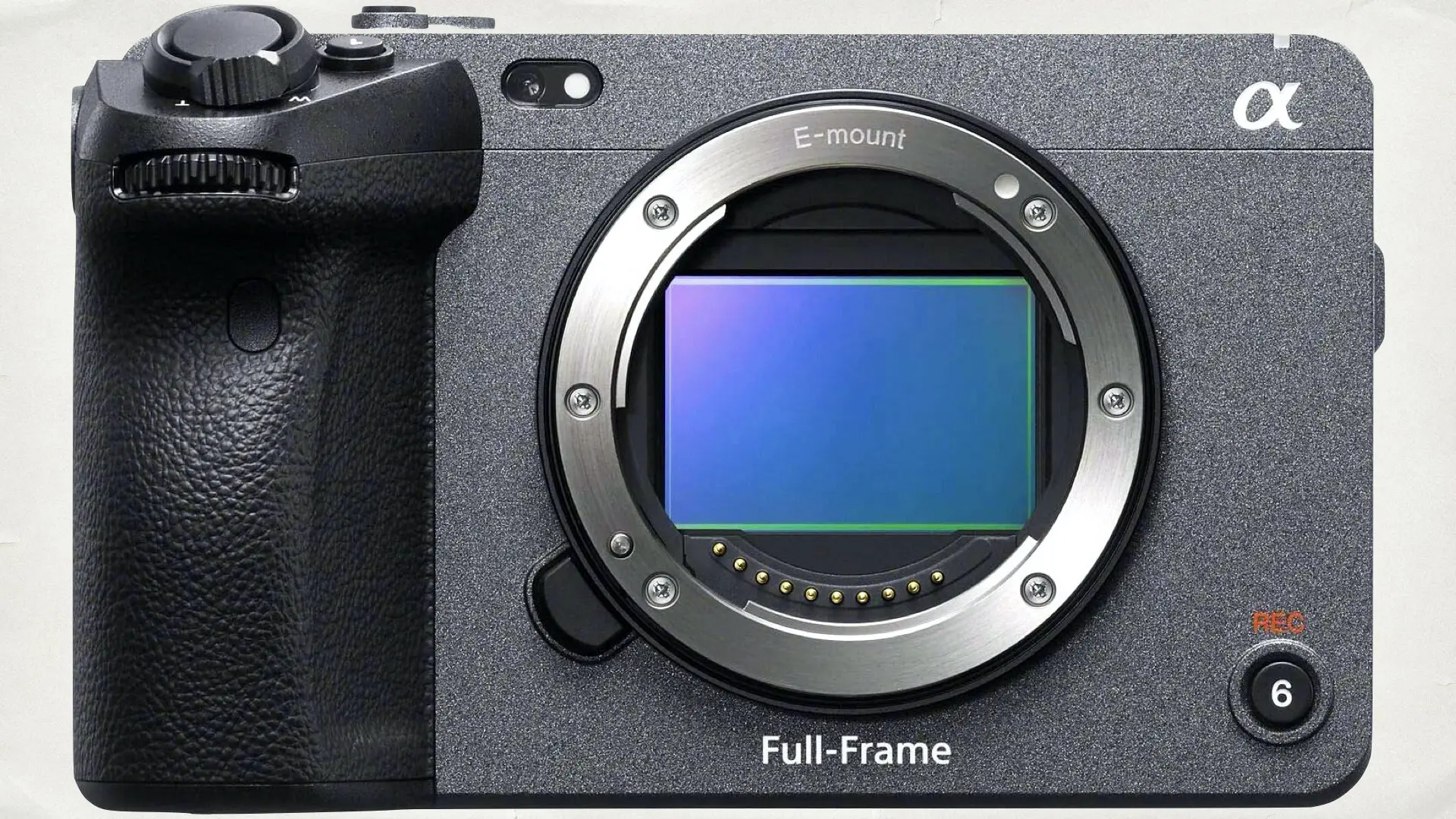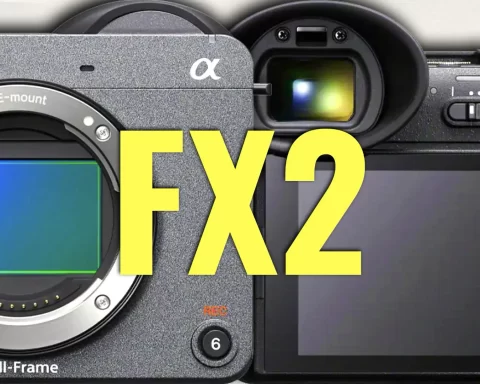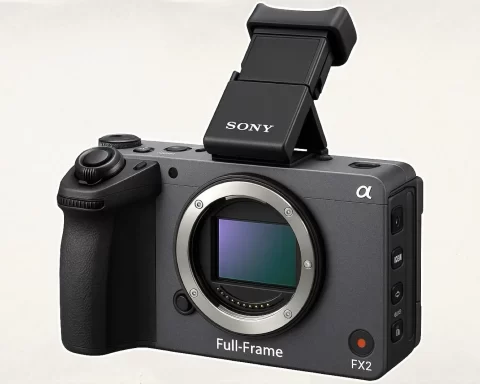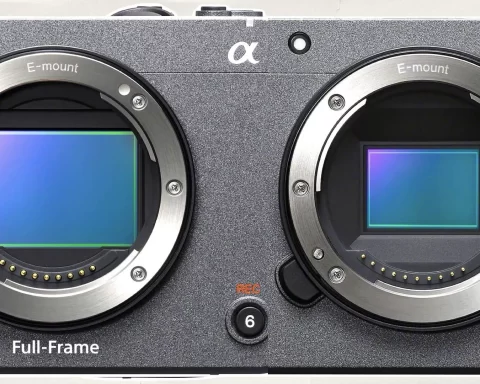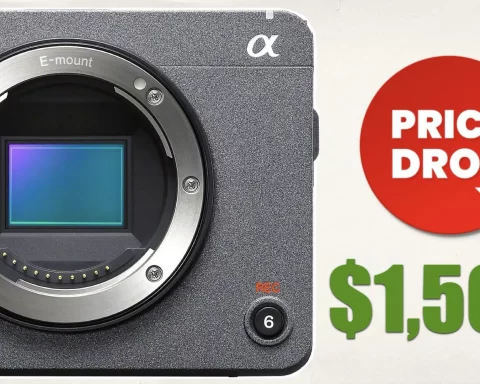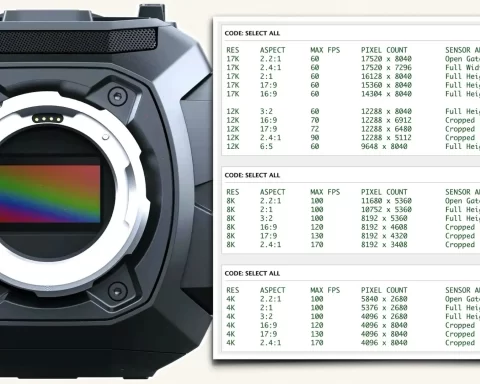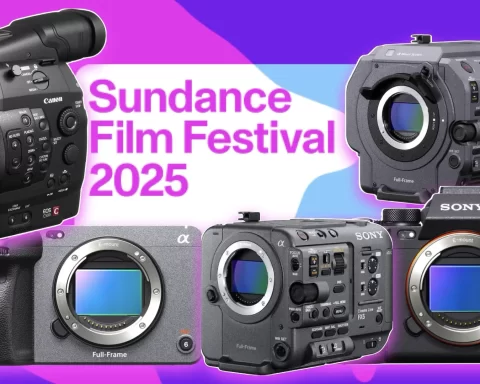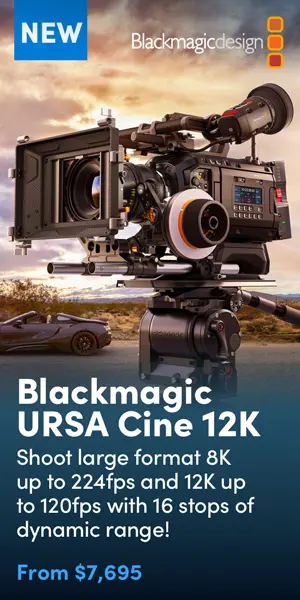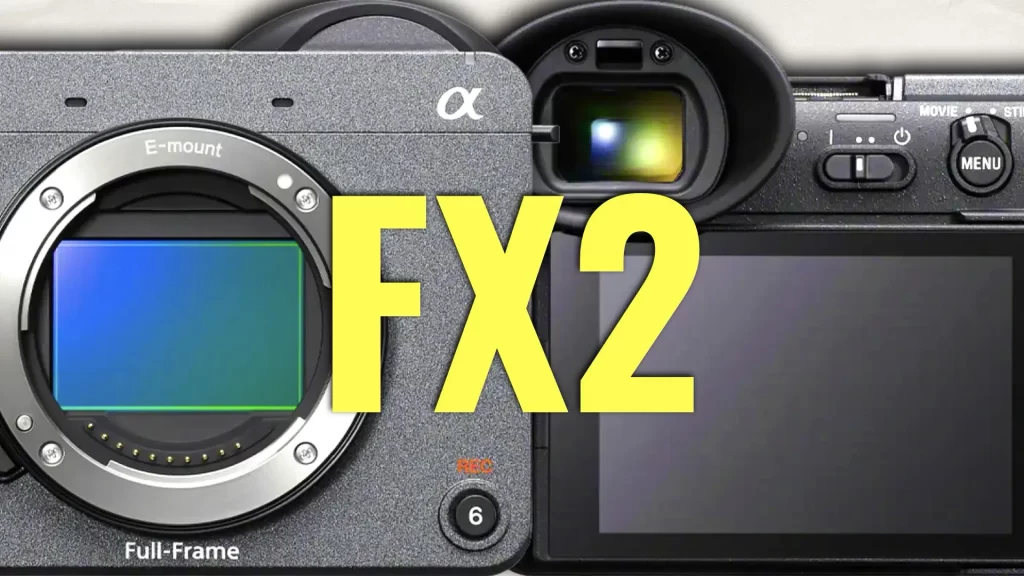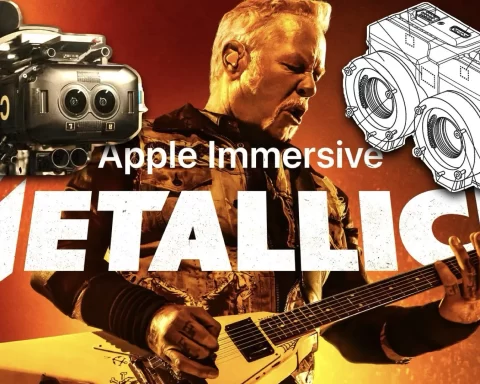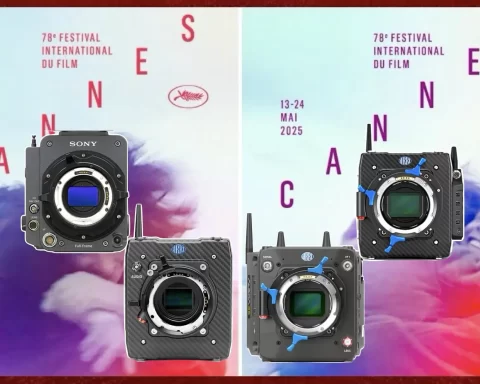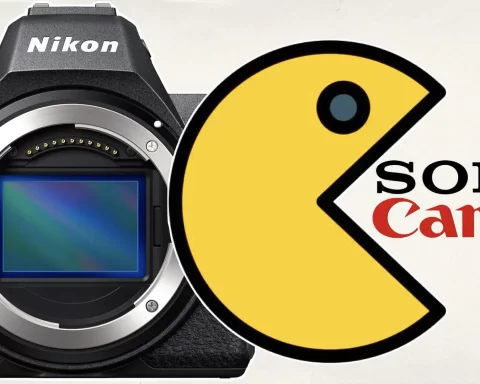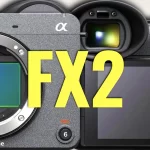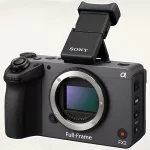Sony’s FX2 has made waves across the filmmaking community — not with revolutionary specs, but with a series of calculated decisions that blur the line between mirrorless and cinema. Positioned between the FX30 and FX3, the FX2 is not trying to replace anything. Instead, it fills a unique gap — technically, ergonomically, and financially. So what are reviewers actually saying? Is the FX2 a clever evolution, or a confusing compromise? Let’s explore the verdict from real-world professionals and creators, and see how it connects to broader strategies Sony may be quietly executing. Here’s a short recap.
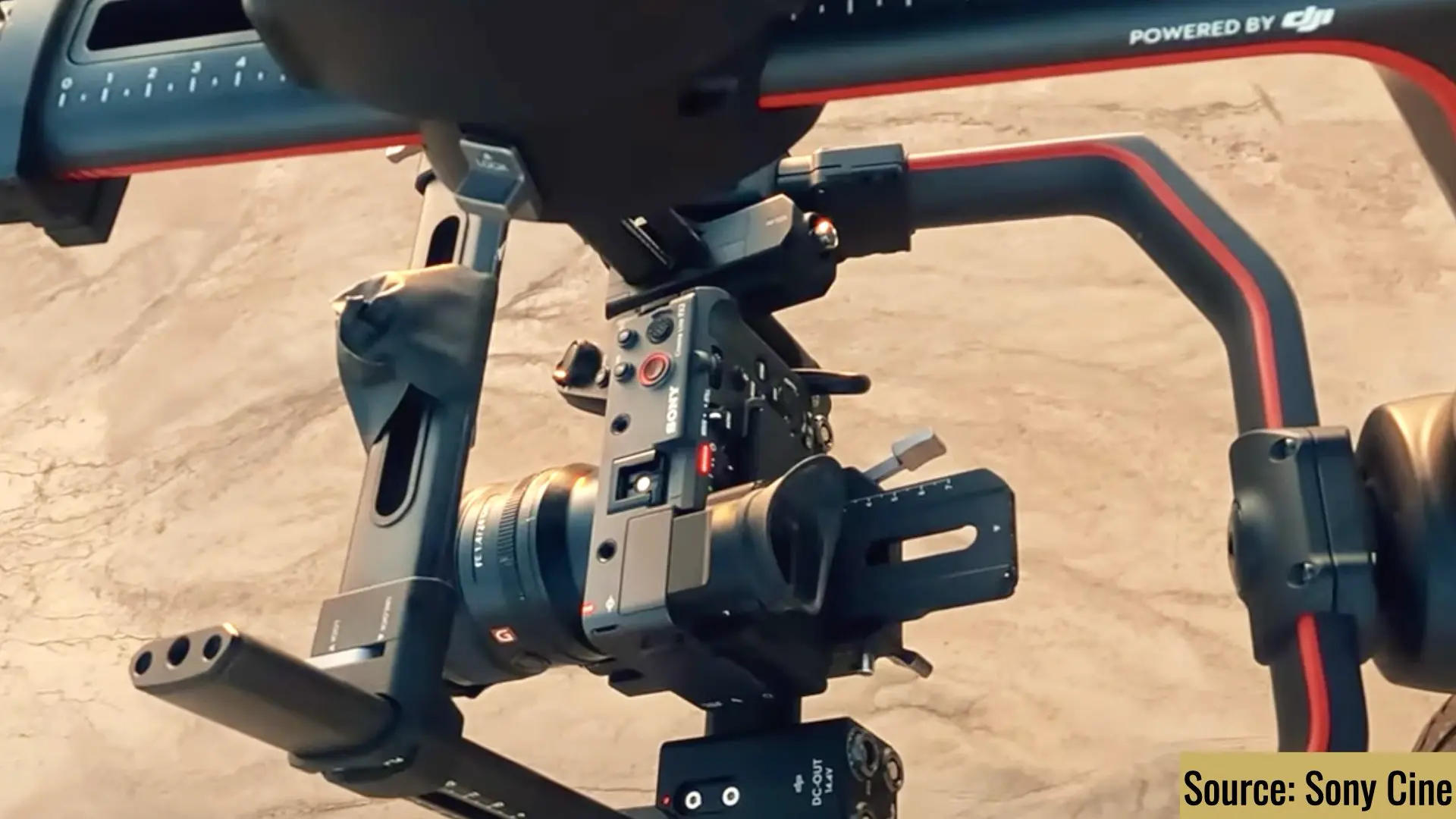
Not a Replacement — A Realignment
When first announced, many filmmakers were puzzled. Why release a camera that sits awkwardly between the FX3 and FX30? However, after spending time with it, reviewers broadly agree: the FX2 is neither a placeholder nor a budget version. It’s a new hybrid class designed for shooters who want premium features with fewer frills — and a tighter price tag. At $2,699, the FX2 undercuts the FX3 while offering meaningful enhancements over the FX30. And with its 33MP sensor pulled from the A7 IV, the FX2 delivers crisp, oversampled 7K-to-4K video that is particularly sharp at 24p and 30p — a standout trait in this price tier.
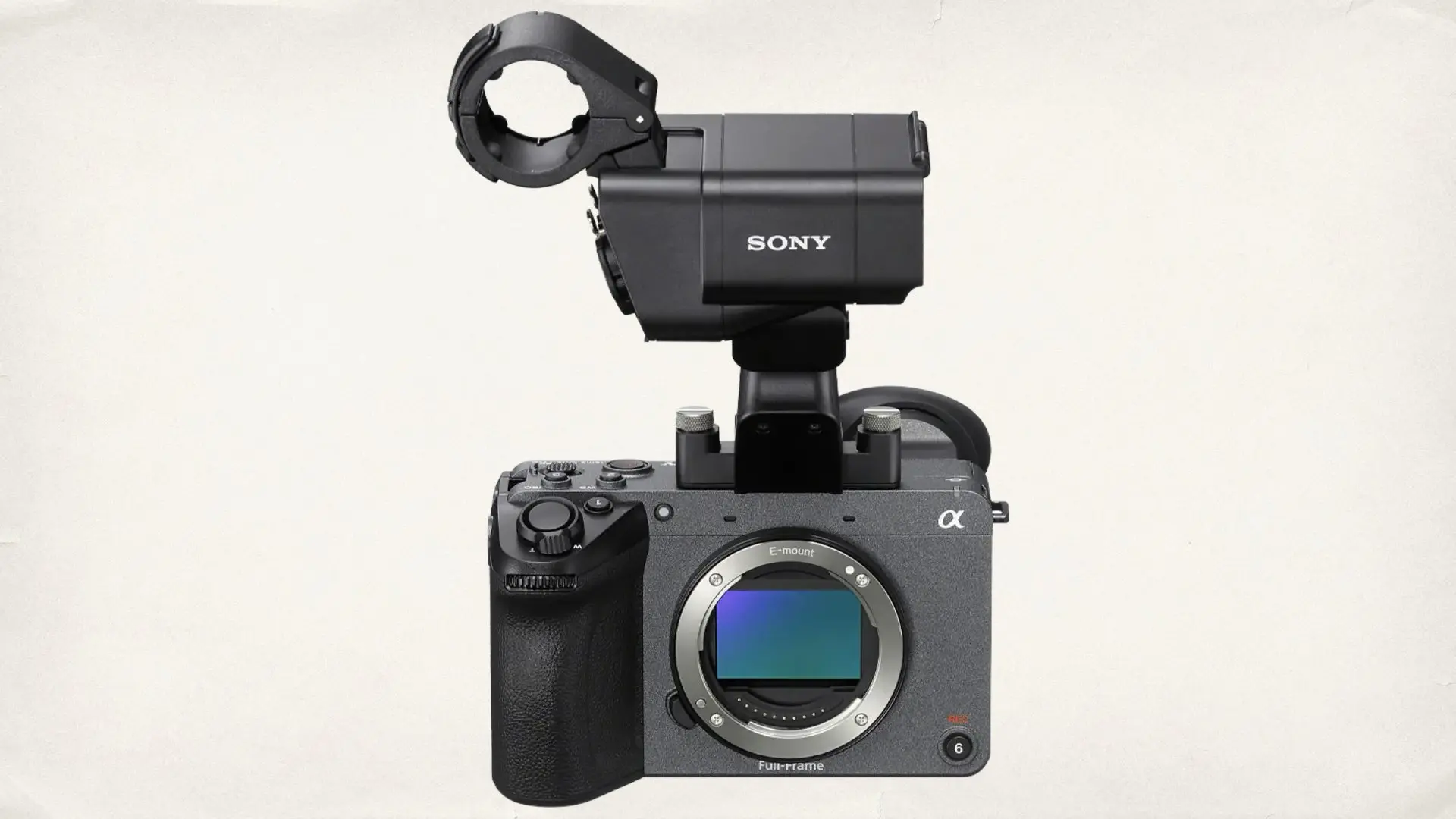
AI Autofocus and Stabilization: A Real-World Upgrade
Sony’s inclusion of its AI-powered autofocus engine is universally praised. Reviewers noted a marked improvement over the FX3 and FX30. Face, eye, animal, and object tracking work reliably, even in complex scenes or erratic lighting. This brings a huge benefit for solo shooters, wedding filmmakers, and documentarians. Another practical win: Dynamic Active Stabilization. First seen in Sony’s vlogging lineup, this tech makes handheld shooting smoother, especially for travel, run-and-gun, or quick setups without a gimbal. Though some rolling shutter is still present (thanks to the slower readout speed), stabilization results were called “surprisingly good” across the board.
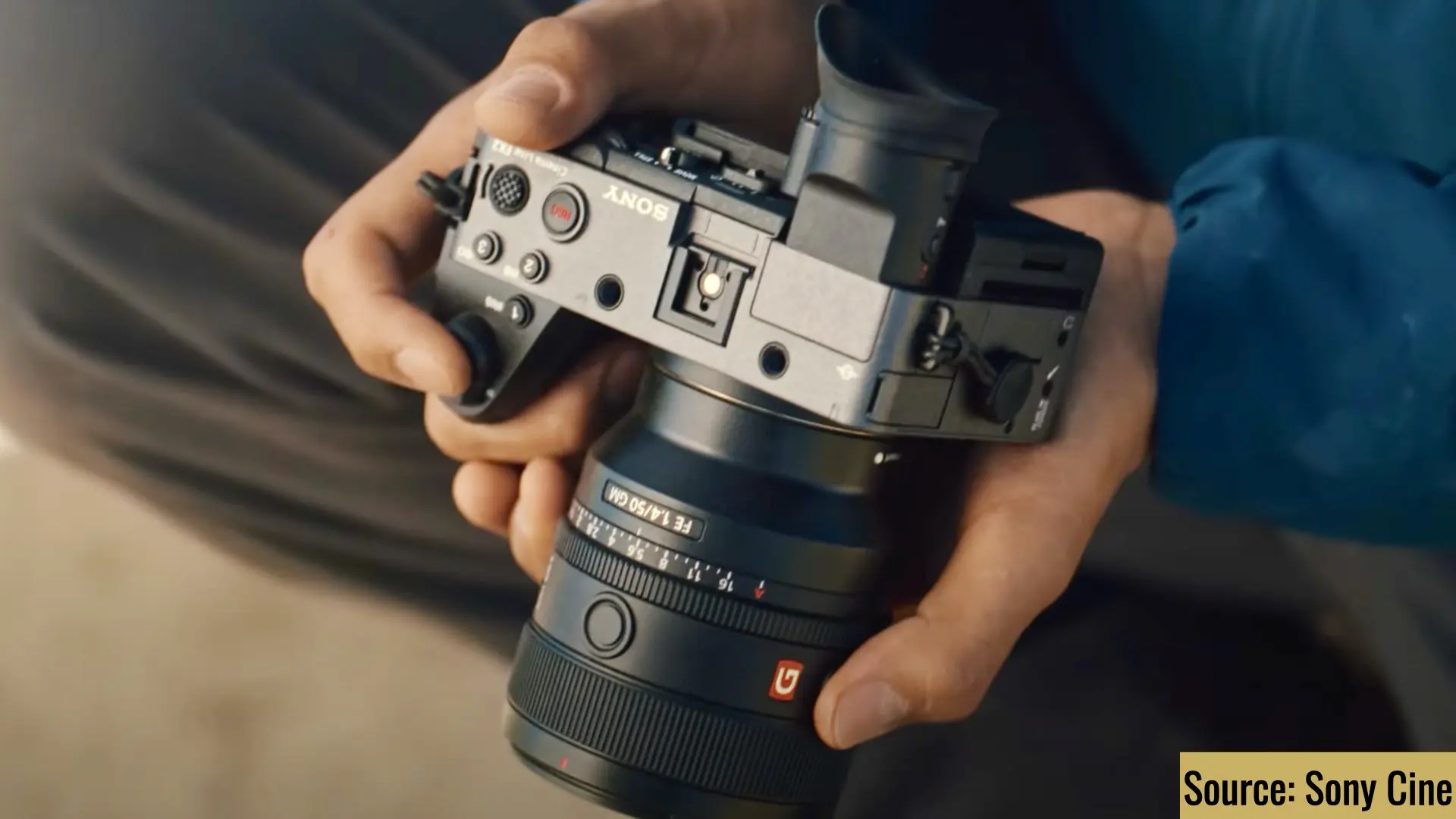
Cooling That Just Works
Perhaps the most crucial upgrade is the FX2’s new internal cooling system, which performed flawlessly in heat-stressed environments like Hawaii and Texas. Unlike the A7 IV, the FX2 won’t overheat while recording long takes or live-streaming in 4K. This addresses one of the A7 IV’s most criticized limitations, offering not only professional longevity but also reassurance for production use — where reliability is non-negotiable.
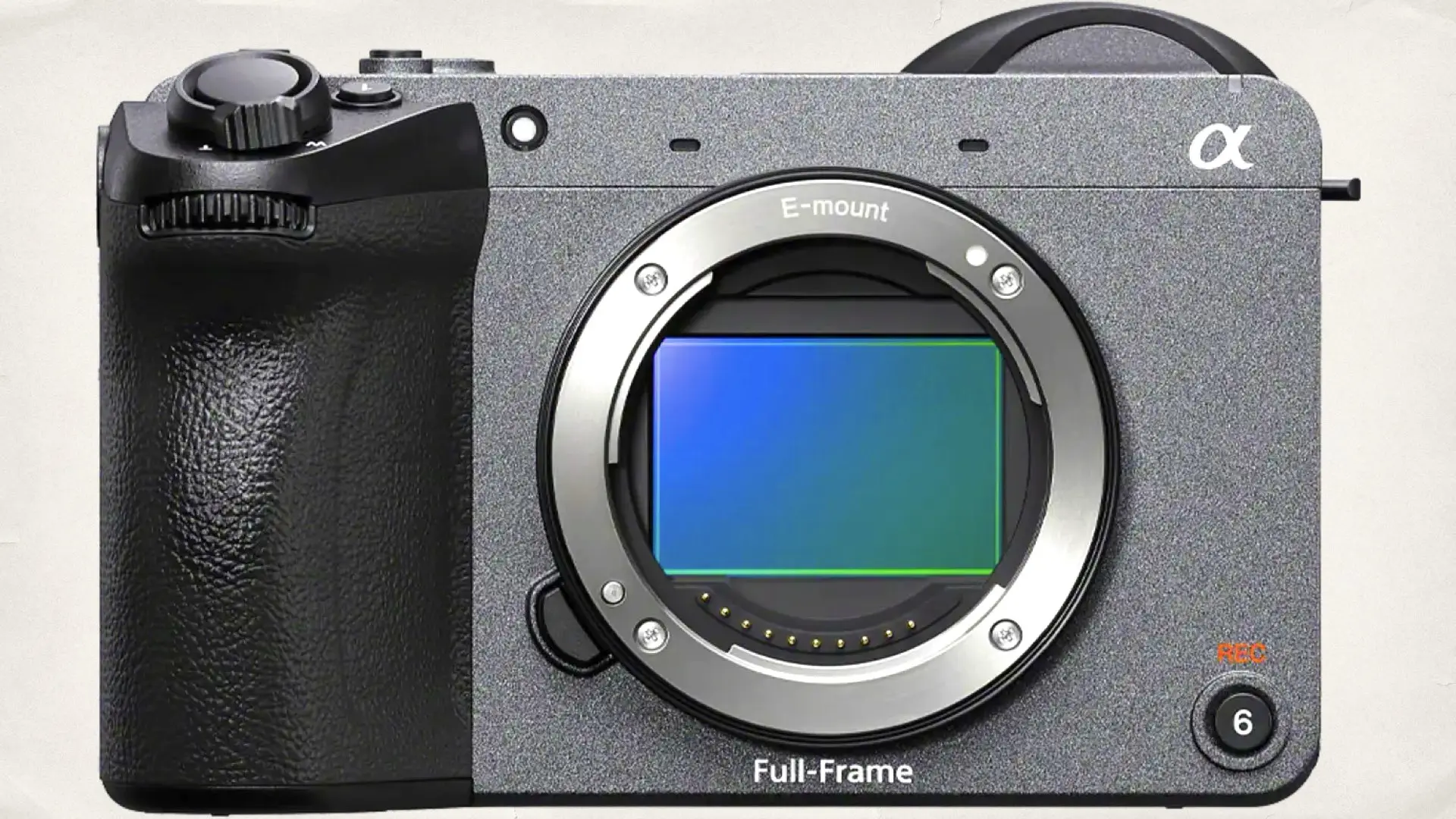
The Controversial EVF: Essential or Excess?
Here’s where reviewers were split: The FX2 includes a permanently attached, articulating electronic viewfinder (EVF) — a design choice that many didn’t expect in a cinema camera. Some praised its tilt design (up to 90°), noting it feels more natural when shooting from lower angles, especially outdoors in bright sunlight. Others criticized its fixed nature, arguing that in video-centric rigs, the EVF often becomes a hindrance. For traditionalists or those shooting hybrid stills and video, it’s a major win. For those mounting external monitors or rigging tightly, it’s an obstruction.
Still, all agreed: it’s bold, it’s different, and it might hint at where Sony is going next.
- Also read: Sony FX2: A Strategic Leap in the Cinema Line With a Game-Changing EVF
- Also read: Sony FX2: Strategic Genius or Internal Cannibalization?
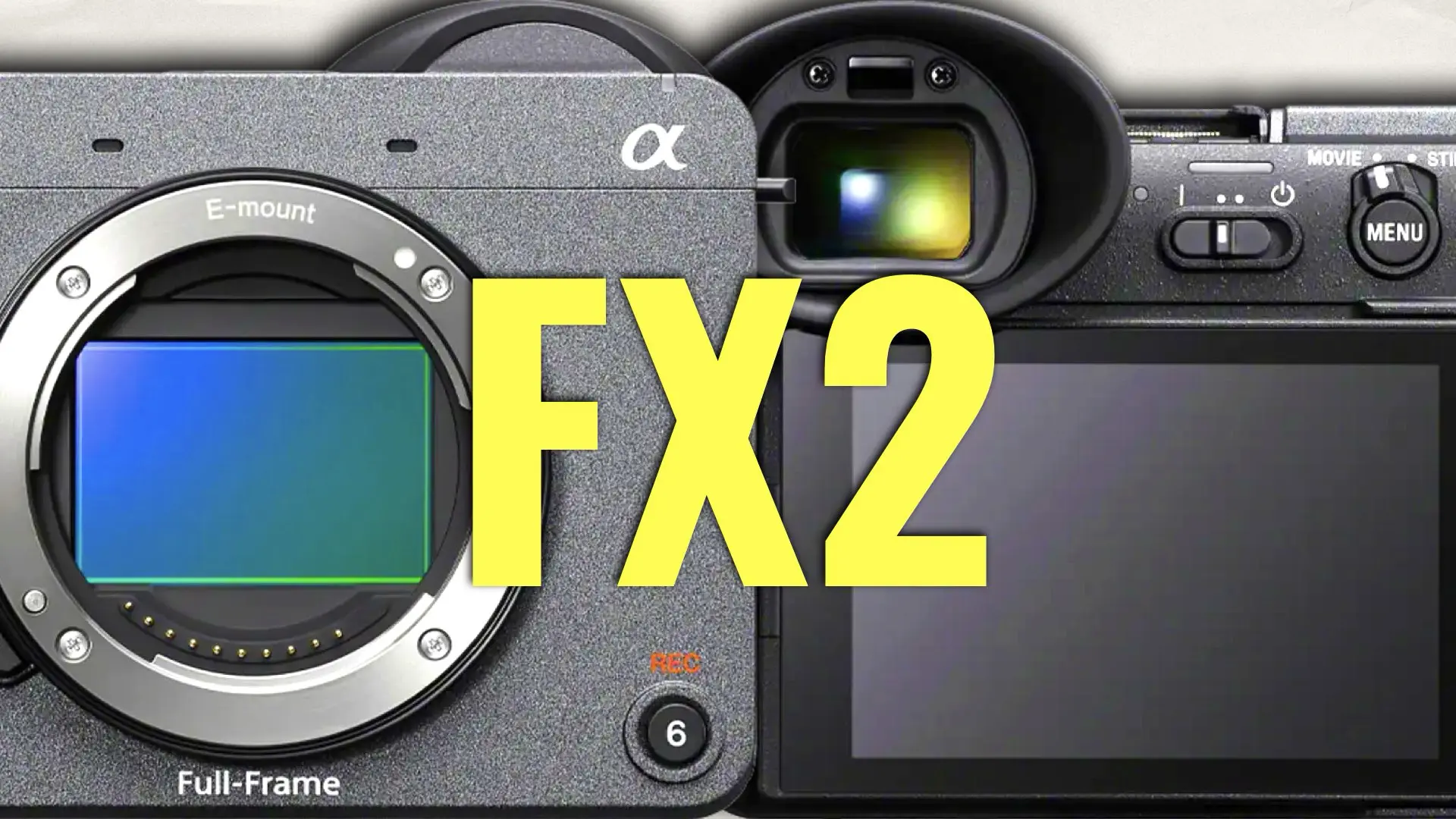
Color, Sharpness, and ISO: Impressively Tuned
Thanks to 7K oversampling, the FX2 produces footage that is not only sharp, but naturally textured — avoiding the overly digital look that plagues some high-res sensors. The dual base ISO has also been tweaked from the A7 IV’s 800/3200 to 800/4000, giving the FX2 a more flexible low-light advantage. One reviewer called it “filmic,” noting that noise was cleaner and detail more preserved, especially compared to Sony’s previous baked-in noise reduction. Also notable: color rendering remains stable across the ISO range — a rare strength. This consistency gives colorists and editors much more freedom in post.
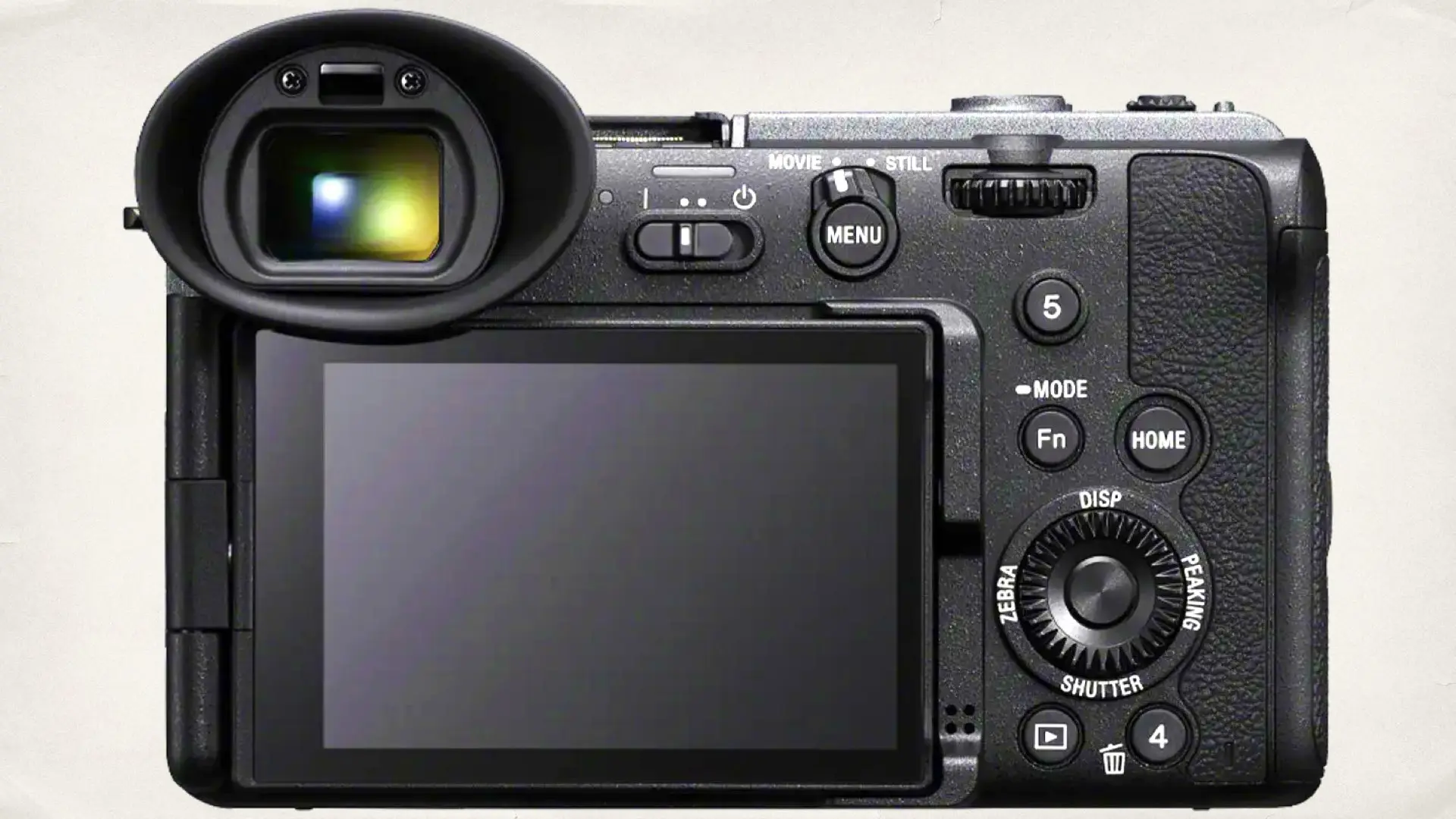
The Downsides: Cropping, Rolling Shutter, and the Missing Mode Button
Despite its wins, the FX2 is not without compromises.
-
4K at 60fps is cropped (1.5x), just like the A7 IV. This frustrates shooters hoping for true full-frame slow-motion.
-
Rolling shutter remains a concern. The sensor’s slow readout results in jello effects during quick handheld movements. At 26.1ms, the readout speed is slow. While fine for static shots, it’s noticeable during fast pans or handheld motion.
-
No open gate recording, which makes it less appealing for anamorphic shooters.
-
Sony removed the dedicated mode button, which reviewers found irritating — forcing awkward workarounds when switching between shooting presets.
For many, these feel like deliberate product tiering decisions to protect the FX3’s premium space.
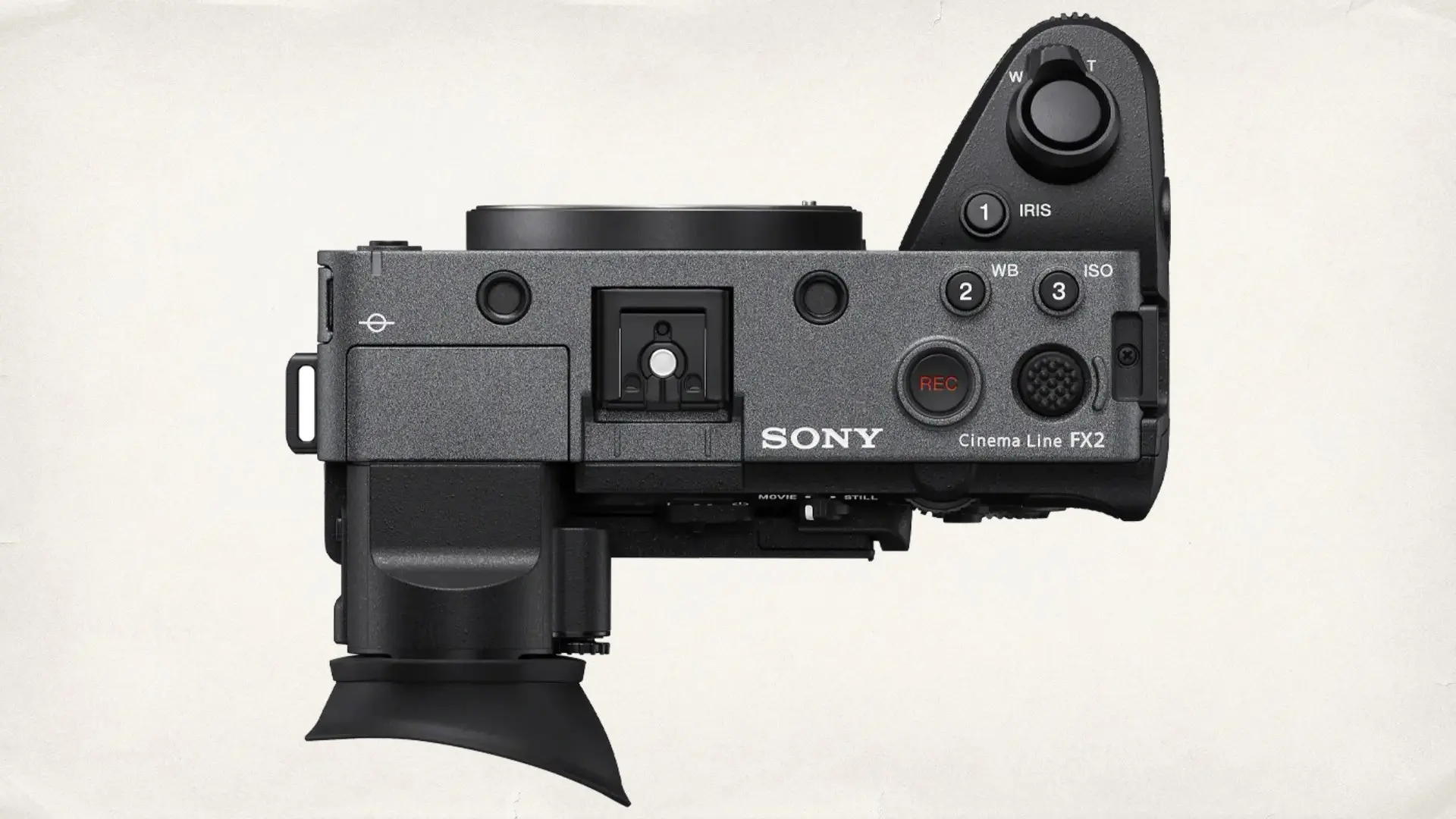
A Glimpse at Sony’s Future?
Taken as a whole, the FX2 seems less about filling a current gap and more about signaling where Sony’s cinema line is headed. It’s highly plausible that the FX2’s body design, cooling system, and EVF layout will form the basis of an eventual FX3 Mark II. Reviewers speculated openly about an incoming 8K-capable cinema version of the A1 Mark II — a high-performance machine that would demand even more cooling, processing power, and stabilization refinements. In that sense, the FX2 may be Sony’s way of testing the waters.
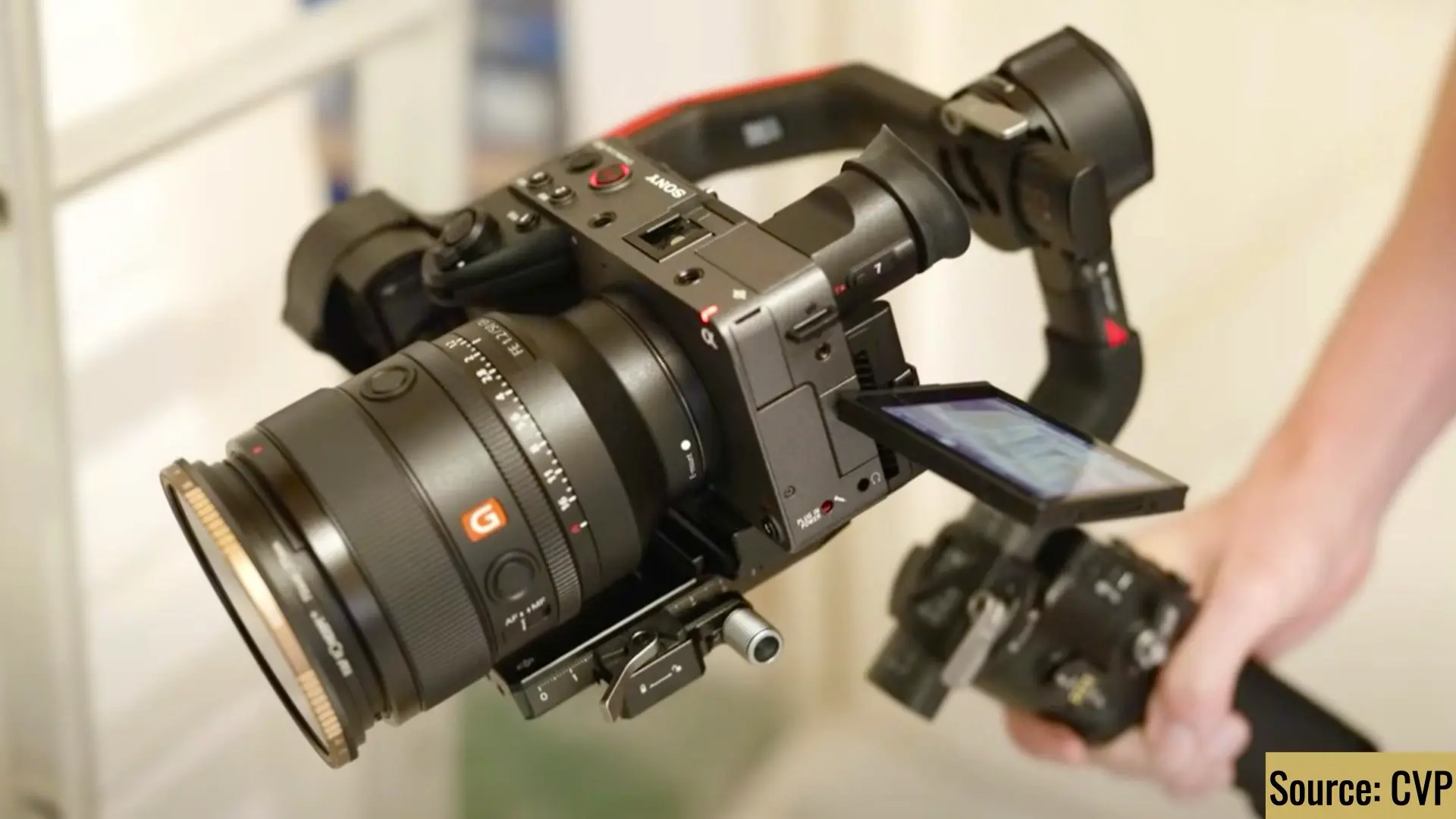
Final Verdict: Is the FX2 Worth It?
Reviewers from all disciplines — from event filmmakers to YouTube creators — seem to agree:
-
If you’re upgrading from an FX30 or A7 IV, the FX2 is a fantastic leap.
-
If you already own an FX3, it’s not a replacement — but it may be the perfect B-cam.
-
If you’re just entering Sony’s ecosystem, the FX2 might be the new Goldilocks camera — the one that’s just right.
In a time when nearly every camera on the market is objectively good, Sony has taken a strategic risk by releasing a product that doesn’t clearly dominate but rather refines. And for many filmmakers, that might be exactly what they need.

